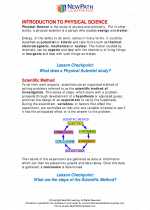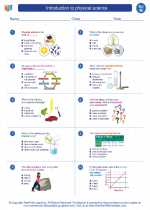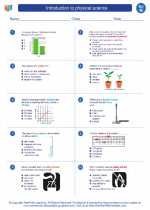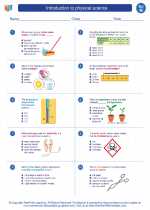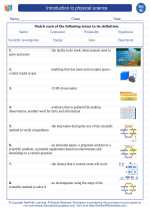Learned Behavior
Learned behavior refers to actions and responses that an organism develops as a result of experience, practice, and observation.
Types of Learned Behaviors
- Imprinting: This is the rapid learning process by which a newborn or young animal establishes a behavior pattern of recognition and attraction towards other animals or objects of its own kind. It is often irreversible and occurs during a critical period early in the animal's life.
- Habituation: This is a decrease in response to a stimulus after repeated presentations. It is a form of non-associative learning where the organism learns to ignore a repetitive, meaningless, or harmless stimulus.
- Classical Conditioning: This is a type of learning in which an organism learns to associate one stimulus with another. The most famous example is Pavlov's experiment with dogs, where he conditioned them to salivate at the sound of a bell by repeatedly pairing the bell with the presentation of food.
- Operant Conditioning: This is a type of learning in which behavior is strengthened or weakened by the consequences that follow it. This is often achieved through reinforcement or punishment.
- Insight Learning: This is a type of learning or problem-solving that happens all-of-a-sudden through understanding the relationships various parts of a problem rather than through trial and error.
Examples of Learned Behaviors
Examples of learned behaviors in animals include:
- Mammals: Teaching a dog to roll over, a lion learning to hunt from its mother, or a monkey learning to use tools to gather food.
- Birds: Birdsong is a learned behavior, where young birds learn their specific songs from adult birds during a critical period in their development.
- Humans: Learning to ride a bike, play a musical instrument, or speak a language are all examples of learned behaviors in humans.
Study Guide for Learned Behavior
When studying learned behavior, it's important to understand the different types of learning and their significance in the behavior of organisms. Here are some key points to focus on:
- Understand the differences between innate and learned behaviors.
- Be able to provide examples of each type of learned behavior and explain how they benefit the organism.
- Explore the various experiments and studies that have contributed to our understanding of learned behavior, such as Pavlov's classical conditioning experiments.
- Discuss the importance of learned behaviors in the survival and adaptation of organisms in their environments.
- Consider the ethical implications of using learned behaviors in training and domestication of animals.
By mastering these concepts, you will gain a deep understanding of the fascinating world of learned behavior in living organisms.
